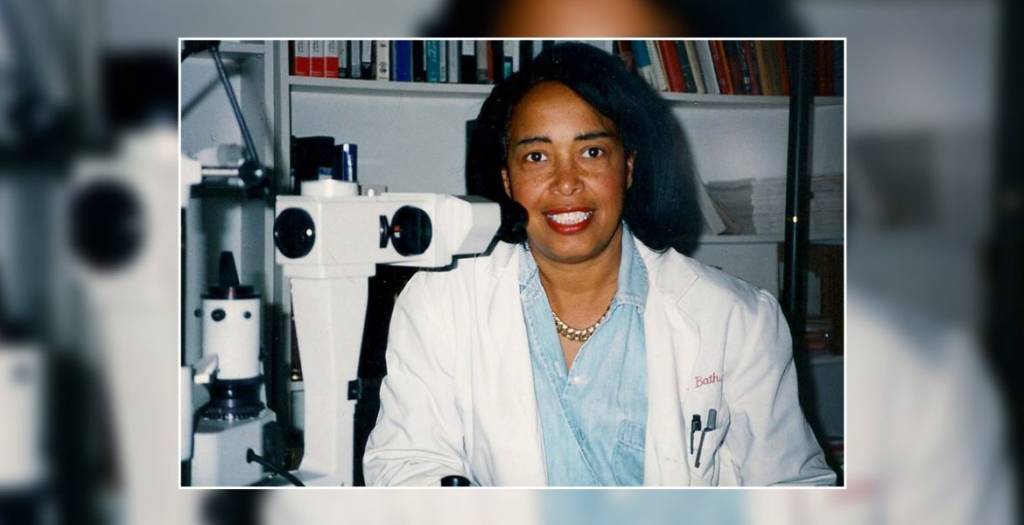Who invented the laser treatment of cataracts?
It's not a good idea to point laser light at your eye in almost all cases. However, if you have cataracts, this laser can improve your impaired vision.

Cataract is one of the main causes of blindness. This disease is caused by the discoloration of the part of your eye that focuses light, also known as the lens. This is a process that occurs in almost all of us. Especially if we live long enough. Unfortunately, it is not possible to remove the pallor on the faded lens, or in other words, the veil on our eyes. For this reason, ophthalmologists had to resort to alternative methods to eliminate this problem, and as a result of their work, laser cataract surgery became possible.
One way to deal with cataracts today is to remove the lens on the eye. However, in the operation to remove this lens, a deep scratch must be made on the eye. This procedure is not a method that patients and doctors would prefer. Ophthalmologists disassembled the lens and tried to find a way to remove it without making deep cuts on the eye. This process, called emulsification, used to be done by breaking the lens into pieces with the help of a liquid. Later, this process was replaced by the method of breaking the lens using ultrasonic waves and sound energy. The lens fragments that emerged as a result of the procedure were removed from the eye with the help of a kind of vacuum.
Patricia Era Bath (November 4, 1942 – May 30, 2019) was an American ophthalmologist, inventor, humanitarian, and academic. She invented an improved device for laser cataract surgery. Her invention was called Laserphaco Probe, which she patented in 1986.
But all this, It changed thanks to a vehicle manufactured by Patricia Bath. Dr. Bath suggested that lasers could be used to break up the lens of the eye, and she also took the first and most important step in the field of laser cataract surgery by inventing a laser device that could be used to clear cataracts. Bath received the patent for her invention in 1988. After a long trial and error process, Dr. Bath has been proven right. Scientists are still taking the final steps on this method to perfect the laser cataract surgery procedure.
